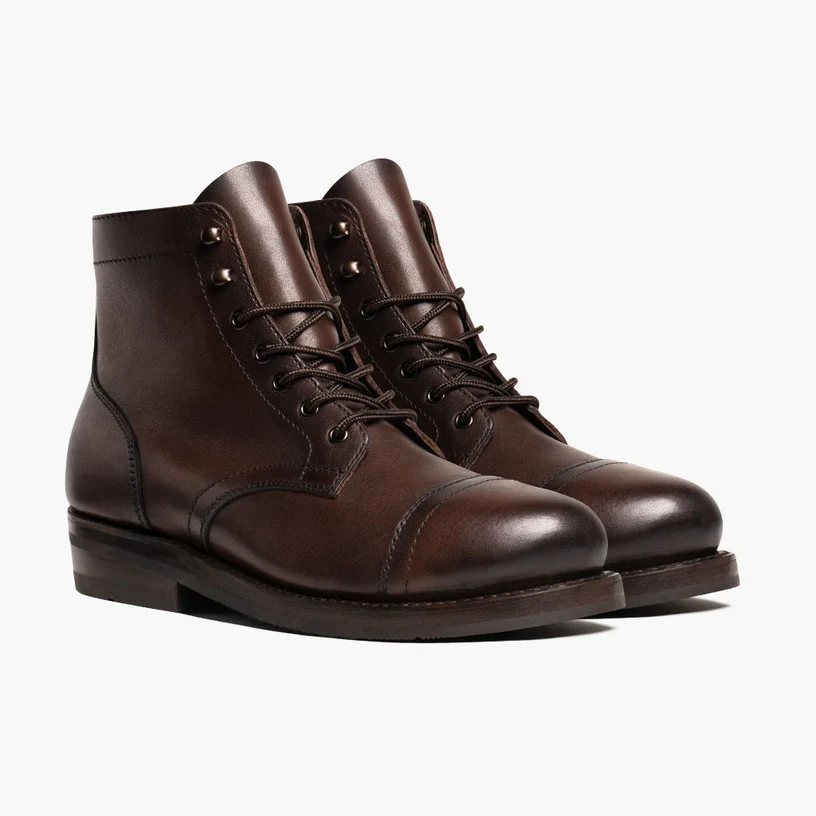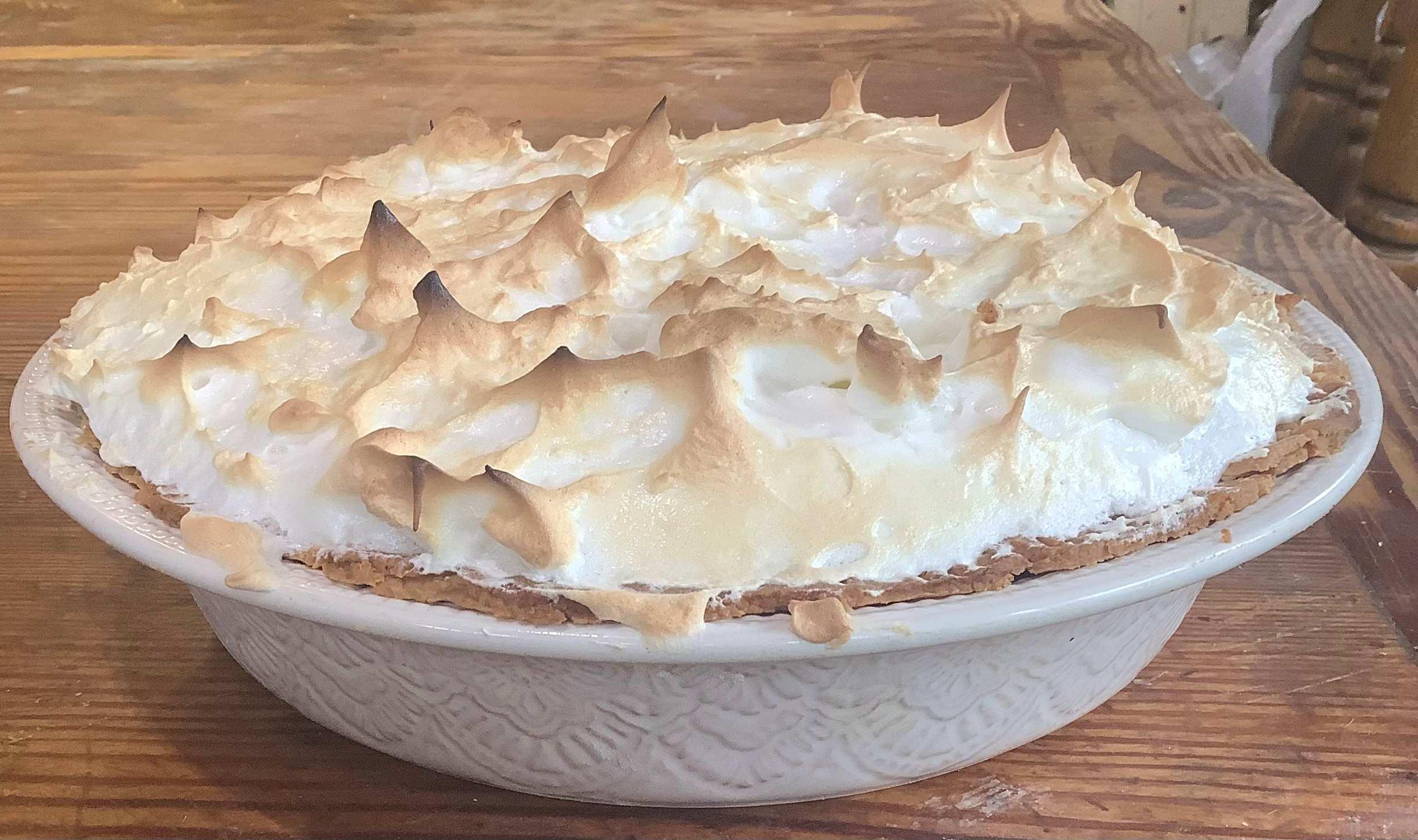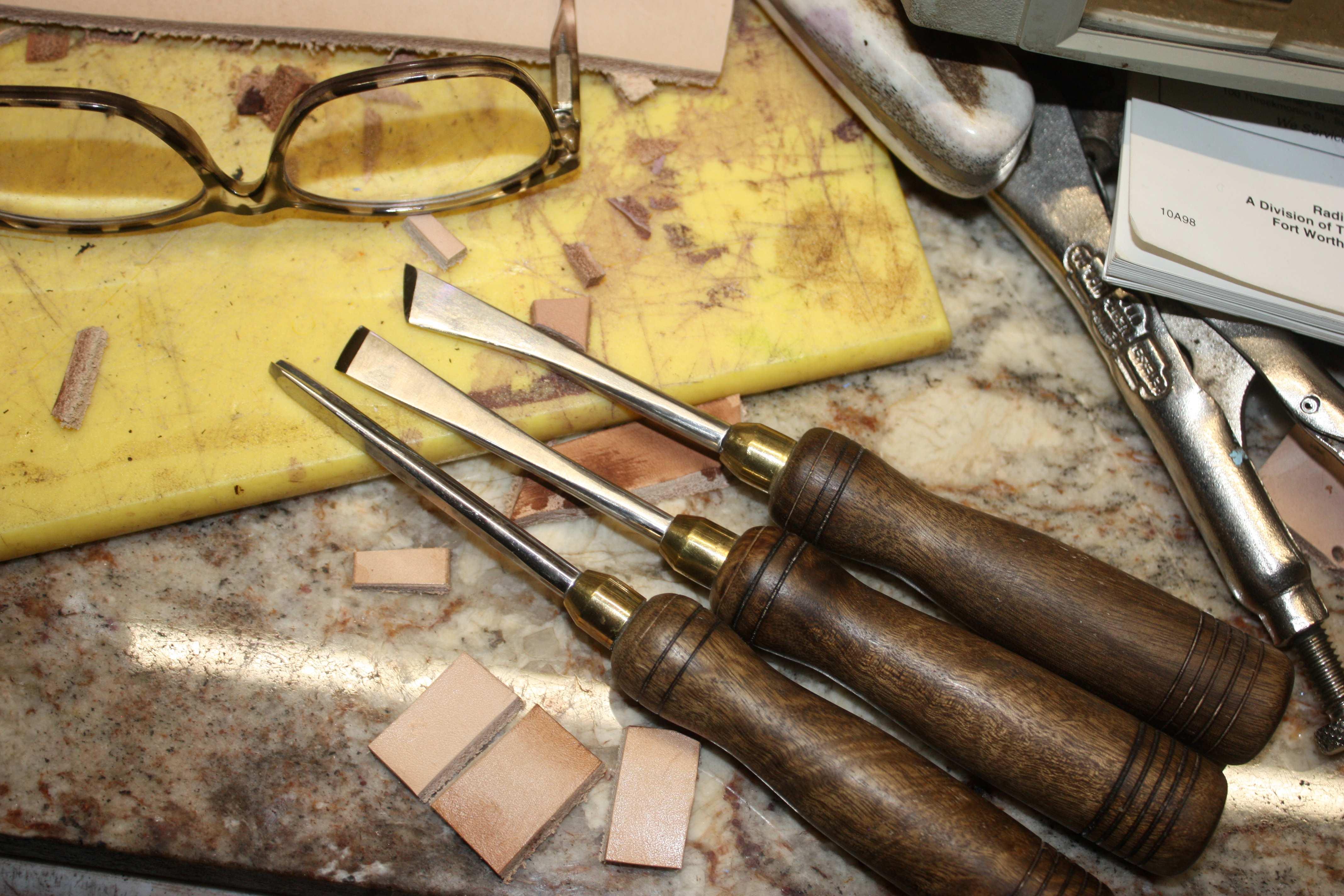-
Posts
7,330 -
Joined
-
Last visited
Content Type
Profiles
Forums
Events
Blogs
Gallery
Everything posted by chuck123wapati
-

spring flowers and good food
chuck123wapati replied to chuck123wapati's topic in All About Us and Off Topic
here ya go i've made these. probably not for winter use lol no anti frost toe guards https://www.earthrunners.com/pages/tarahumara-huarache-sandals-ultimate-minimalist-footwear or these can be Canadian-made lol.https://tandyleather.com/products/sneaker-starter-pack -
Buy books, read the books, and keep the books for reference. Books tell you the whole process; they are not five-minute blurbs on YouTube from folks who may not know any more than you do and leave half the steps out for whatever reason. Books will tell you every step in order and every process, and are written by experts in the field. Books will also will tell you everything everyone has posted so far to your question. Buy books!!! Oh, did I mention books? yeah, buy books!!
-

How do I paint or draw on leather (waterproofed leather)
chuck123wapati replied to c.c.1315's topic in How Do I Do That?
if you've already waterproofed them, then paint probably won't stick. They will have to draw or paint them, then waterproof them, regardless. I use decent artist's acrylic(that's what I have) for my leather work that needs painting, but any acrylic paint will work; it doesn't have to be specific to leather. I'm sure markers would work; never tried them, but a quick test on some scrap would tell you. -

spring flowers and good food
chuck123wapati replied to chuck123wapati's topic in All About Us and Off Topic
Yeah, giving you your own money back and then holding your head under water for getting it back. Don't do it, you don't need to; it just takes some time. I don't know how big your community is, but if it has a good local shopping economy, then you will get recognized and trusted before long and have plenty to do. I have a small garage and am constantly tinkering, building, forging, or just farting around with the door open. I will wave at folks who drive by regularly and they will eventually stop just to see what I'm doing lol, then usually leather comes up in the conversation, and a friend is made at the same time, who tells another friend... Anyway, I figure I have about two years to learn how to put a new heel on these boots. Then I can be the local cobbler, lol, you could be too, it can't be that hard. I'm going with mocs or huarache sandals indoors and for leisure. I'm so done with the Chinese crap footwear. -

spring flowers and good food
chuck123wapati replied to chuck123wapati's topic in All About Us and Off Topic
A new hat is a nice treat and supports your fellow countrymen for sure, that's hard to do but needs to be done. I have always been a baseball cap kinda guy, but last spring I bought a nice full-brim canvas job, kind of Aussie outback style, and I'm getting used to it finally. It's funny how you don't know how close your head gets to things until you wear a full-brim hat. I also have a nice black felt Cattlemans style that I turned into a gus style with the wife's steam kettle, but I don't wear it much. My dad was a real cowboy, and my mom was a real cowgirl. I've ridden a bit, stacked a few bales, winter fed cattle, and branded and such but not enough to call myself a true cowboy IMO. So I feel funny, and like I don't deserve to wear a cowboy hat, and I really have no idea why. Clean up that old hat a bit, not much, maybe sew in a new band and some youngster who has never done a day's work under a hat will buy it for the price of a new hat just so he looks like maybe he did lol. -

Tape Measure Carrier
chuck123wapati replied to Hildebrand's topic in Gun Holsters, Rifle Slings and Knife Sheathes
And they are ul listed lol. Great idea. -

spring flowers and good food
chuck123wapati replied to chuck123wapati's topic in All About Us and Off Topic
I finally bought some real boots. It's been years since I have owned a pair of boots or shoes that were actually built by people, and those were heavy work boots. The last couple of pairs I've had were pretty pricey but just murder on my feet. So anyway, I got on the old YouTube and computer, spent about a week of looking at all the options that I could afford and finally saw a pair that resembled the boots my grandfather wore way back in the 60s and earlier. They were a very light boot, more like an ankle-high shoe, but they were the standard footwear for old farts back then lol. The ones i chose are highly rated on the net and are reasonably priced at 235 bucks. Yeah I freaked out on the price of good leather resolable boots, some way over 500 bucks, the ones I used to buy for about a 100 bucks, so I am giving these a try, and so far they are friggin awesome!!!! Nice and light, and after a week, they fit like a glove. My feet haven't felt so good in over 20 years. My wife was telling me her granddad wore only wool socks with his old fart boots, so I tried that out as well, and wow, nice comfy warm dry feet all day long. I've got to say those old farts knew their stuff when it came to having happy feet. Thursday shoe company Heritage captain boots rock!!!! -

spring flowers and good food
chuck123wapati replied to chuck123wapati's topic in All About Us and Off Topic
heck yeah your on your way lol. It just takes some time to get noticed, then you won't be able to get any relaxation.. -

Interesting Holster Project
chuck123wapati replied to MarlinDave's topic in Gun Holsters, Rifle Slings and Knife Sheathes
Not really a patch, but a leather concho like you see used on saddles. Attach the button to the concho attach the concho to the holster. -
You guys really think no one's tried to figure this out? Just imagine the man-hours lost by big businesses to changing and filling bobbins since their invention in the 1800s. I think just about anyone who's filled and changed more than one bobbin has pondered this same thing, though lol.
-
If it could have been done, it would have been done years ago. Bobbins suck; engineers have known that since they were invented. But it's what it is, and some things in life we just have to deal with lol.
-

spring flowers and good food
chuck123wapati replied to chuck123wapati's topic in All About Us and Off Topic
Oh, it is so good, I didn't screw up whisking in the eggs -
If it were me. Considering my location in the US, and the time of the year I would make a ton o stocking stuffer/ OH no I need a small gift right now but don't know what to buy type stuff. Then post on local fb, put flyers up on bulletin boards, local Christmas craft fairs etc., easy stuff that you have time to make a bunch of like card holders, knife sheaths, key fobs, wallets, belts, maybe if you're good and fast. Then plan ahead for next spring/ buying frenzy when folks start to buy their summer crap, whatever that may be in your area. But not knowing your location makes it pretty hard to give reliable answers; it's a global forum.
-

spring flowers and good food
chuck123wapati replied to chuck123wapati's topic in All About Us and Off Topic
We've also got pumpkin, cherry, and a nice cheesecake. I'll be making some jalapeno poppers and some stuffed mushrooms today as well. -
You're taking half the fun out of Thanksgiving, lol. Happy Thanksgiving!!!!!!
-

spring flowers and good food
chuck123wapati replied to chuck123wapati's topic in All About Us and Off Topic
-
build a solar oven and beat 'em at their own game lol. Maybe a dehydrator would work; it would be slower. or this https://www.amazon.com/KOUWO-Watts-Infrared-Service-Dia120x142mm/dp/B09T1VTDCJ/ref=sr_1_18?dib=eyJ2IjoiMSJ9.8CD_m2R2-zch3zNr1EbOt3_nBkdgV9Yv3NHE4MHm7xWrgnWim4HI0pxqDdE3daNmpedO6Hg9Yx5m8XAG14ZXlVhAKJt5L-76vLI1kRfhZ8MmbxD4_PjHlm3ECrLJfUdvoyi62McZE2xowOpKEOAWoSucsS0Hi97D4-ehX7CIvcJVjgvjp_Q7Lh998DtQJVNLqpZo1klsK0IH7aEKWD2iHW5ok25Eq0cuq1bu2-27h0kGkCtdB3g4TwdIoCLanGWX3eqBRrduUwbebAqVC94ftPdqsDPFgEW9CkAwjKBDty8.94J0biAgtf9Wn8OMNpKxlak-5X-5a6ZIbm36xNMGSnw&dib_tag=se&keywords=popcorn%2Bmachine%2Bbulb&qid=1764158416&sr=8-18&th=1
-
-
That looks great, my friend. I like doing bible covers as well as vow books. They become really personal and cherished by thier owners.
-
that is a great idea!
-
that is neat!!
-

spring flowers and good food
chuck123wapati replied to chuck123wapati's topic in All About Us and Off Topic
I haven't used a lot of Chrome Tan either. With Christmas coming up, though, you could make some giveaway stuff. Some ideas may be key chains, earrings, found these on the net they would be cool I used 3d leather animals for a search. Oh, and maybe some basic, easy card holders for credit cards. -
that is a nice-looking grinder for sure, they also work well for making new tools and sharpening if you can slow them down enough. I use a regular old 4" belt grinder for leather and sharpening and i have a 2x48 for tool work. I have been thinking for a year or two that a cloth belt would be awesome for burnishing, and how I would sew one up that would travel straight, then I might of just had an epiphany. Turning an old belt inside out!!! I'll be finding out how well that works pretty darn soon lol, but it's 4 am and i aint had me bean soup/coffee. lol





